Molosser type dogs are one of the most varied dog types of all and includes a great many diverse dog breeds under this classification. One characteristic that defines this type of dog is their innate desire to guard something. This type is typically divided into two types of guarding,
- one that guards a flock and
- another that guards a home or family.
Both of them exhibit similar behaviors but go about it in different ways. Because of the large diversity of the breed, their physical characteristics can vary considerably. In general this dog type is seen as a formidable dog that presents a strong appearance to any intruder. This dog type is typically able to move quickly and react aggressively to almost any threat and will repel an intruder with dedication.
Certain types of Molosser type dogs make good pets because of their ability to protect the home and property. They will quickly bond with a family and repel any threat to the home through barking and many breeds will even engage with an intruder physically if needed. This type of Molosser dog is typically more visually intimidating than their flock guarding cousins and normally features a broad and powerful frame. Their imposing appearance adds to their protective abilities and is usually the first thing that people notice about the dog type. These Molosser type dogs are fiercely loyal to their owners and will do all they can to repel a threat to the home.
This division of the dog type is usually darker in color to better blend in with their surroundings and really adds to their imposing look. Their coats are typically made up of shorter hair and are thicker as well. They have a muscular frame that allows them to confront a threat with authority. The flock guarding Molosser type dogs are thinner by nature but faster and more agile as well. This helps them chase an intruder from the flock and allows them to navigate difficult terrain at speed if necessary. These dogs are normally lighter in color, which enables them to better blend in with their flocks while protecting them. Being a darker color would cause them to stand out and may also scare the flock they are guarding.
This dog typehas a very long history and statues of Molosser type dogs have been found among ancient ruins. The first record of this dog type was around 1121 BC when a Tibetan Mastiff that was trained for hunting was given to a Chinese emperor as a gift. This dog type has expanded ever since and today claims many different dogs as part of its lineage. The term Molosser came from the region in ancient Greece where the dog originated and is used to categorize the general dog type for this type of dog. Molosser type dogs make great pets and can integrate very well into a family.
They are natural protectors and will initially be wary of other dogs in the home. This is less of a problem if they are introduced as puppies and will find a natural place in the order of pack as they age. They can be trained to perform on command and are quick learners when motivated. Many of the Molosser dog type are larger dogs and need adequate space to exercise and play. Some of the smaller breeds may be good candidates for apartment life as long as they are taken on regular walks to allow them to expend their excess energy.
This typein general has been bred as protectors and may exhibit aggressive tendencies so care should be taken when introducing older dogs to a family with younger children.
Examples of Molosser Type Dogs
- Akbash Dog
- Alano Espanol (Spanish Alano)
- Alapaha Blue Blood Bulldog
- Alp Mastiff (Cane Garouf)
- American Bulldog, including: JDJ American Bulldog
- Scott’s American Bulldog
- Southern White American Bulldog
- American Mastiff (Panja)
- Anatolian Shepherd Dog
- Appenzeller Sennenhund
- Argentine Dogo
- Bandog
- Bergamasco
- Bernese Mountain Dog (Berner Sennen)
- Boerboel (South-African Mastiff)
- Boxer Dog
- Broholmer
- English Bulldog / British Bulldog
- Bull mastiff
- Bully Kutta (Pakistani Mastiff)
- Ca de Bou
- Cane Corso (Sicilian Brancheiro)
- Cao da Serra da Estrela – see Estrela Mountain Dog
- Cao de Castro Laboreiro
- Cao de Fila de Sao Miguel
- Cao de Fila da Terceira
- Cao de Gado Transmontano
- Catahoula Bulldog
- Caucasian Ovcharka
- Central Asia Shepherd Dog
- Dosa Inu (Korean heavier form of Tosa)
- Dogue de Bordeaux (French Mastiff)
- Dogo Cubano
- English Mastiff (Mastiff)
- Entlebucher Sennenhund (Entlebucher Mountain Dog)
- Fila Brasileiro (Brazilian Mastiff)
- Gran Mastin de Bor’nquen
- Great Dane (German Mastiff)
- Grosser Schweizer Sennenhund (Greater Swiss Mountain Dog)
- Guatemalan Bull Terrier (Dogo Guatemalteco)
- Gull Terr
- Hovawart
- Himalayan Sheepdog
- Indian Mastiff (Sindh Mastiff)
- Irish Staffordshire Bull Terrier
- Kangal Dog
- Kuvasz
- Landseer
- Leonberger
- Moscovskaya Storozhevaya Sobaka (Moscow Watchdog)
- Neapolitan Mastiff
- Nebolish Mastiff
- Newfoundland
- Original English/Wilkinson’s Bulldog (The old fighting bulldog)
- Owczarek Podhalanski (Tatra Mountain Sheepdog)
- Perro Cimarron
- Perro de Presa Canario
- Perro de Toro
- Pyrenean Mastiff
- Pyrenean Mountain Dog (Great Pyrenees)
- Rottweiler
- Sage Koochee (Afghan Sheepdog)
- Sarplaninac
- Chinese Shar Pei
- Spanish Mastiff
- St. Bernard – Saint Bernard
- Tibetan Kyi Apso (Bearded Tibetan Mastiff)
- Tibetan Mastiff – Do-Khyi
- Tosa Inu (Japanese Mastiff)
- Valley Bulldog
- Wilkinson Bulldog
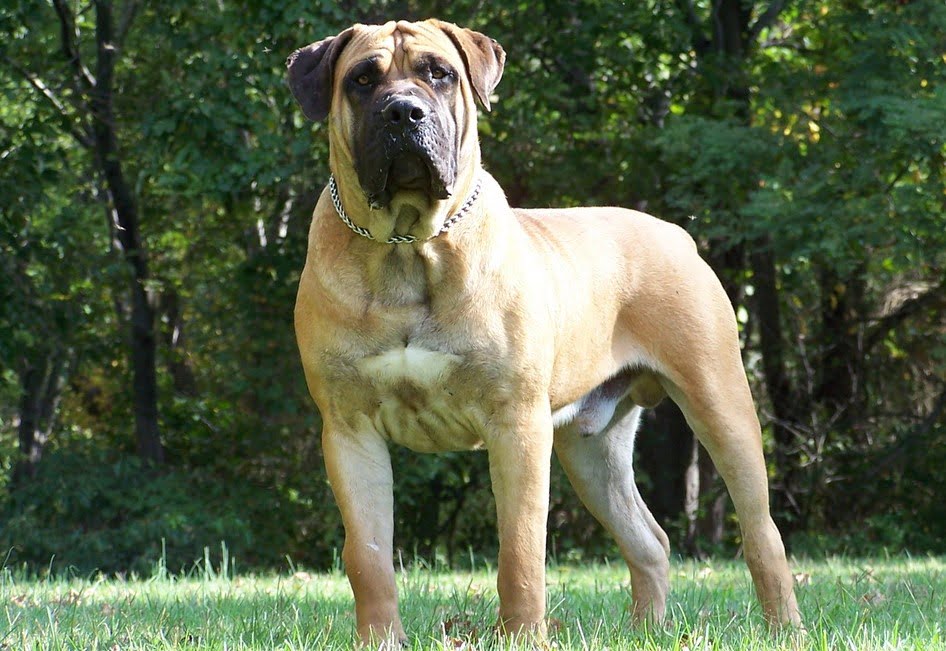

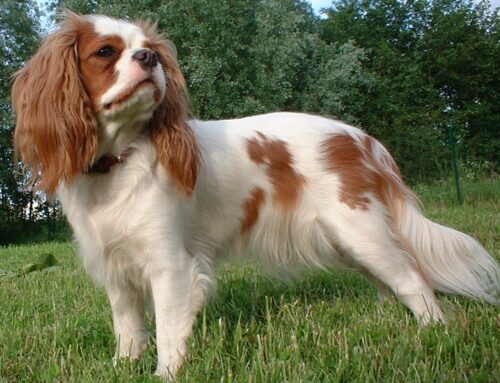
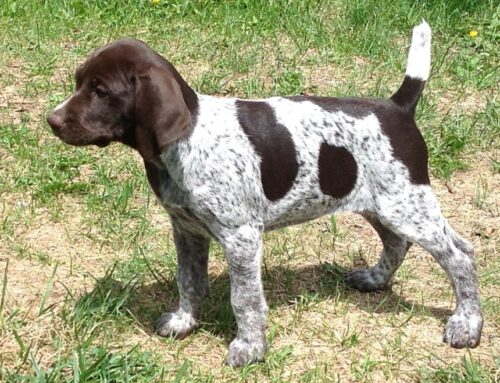
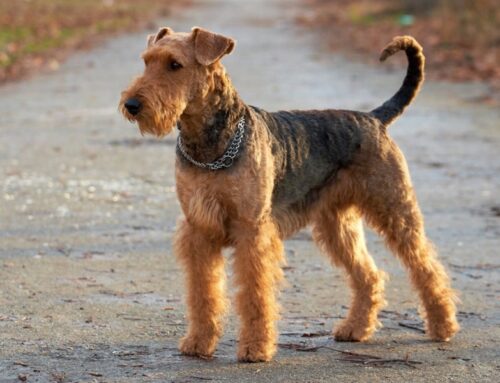
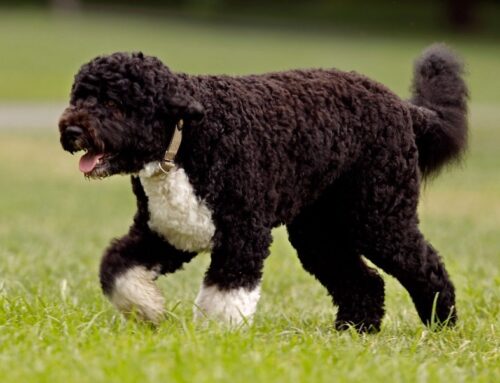
Leave A Comment